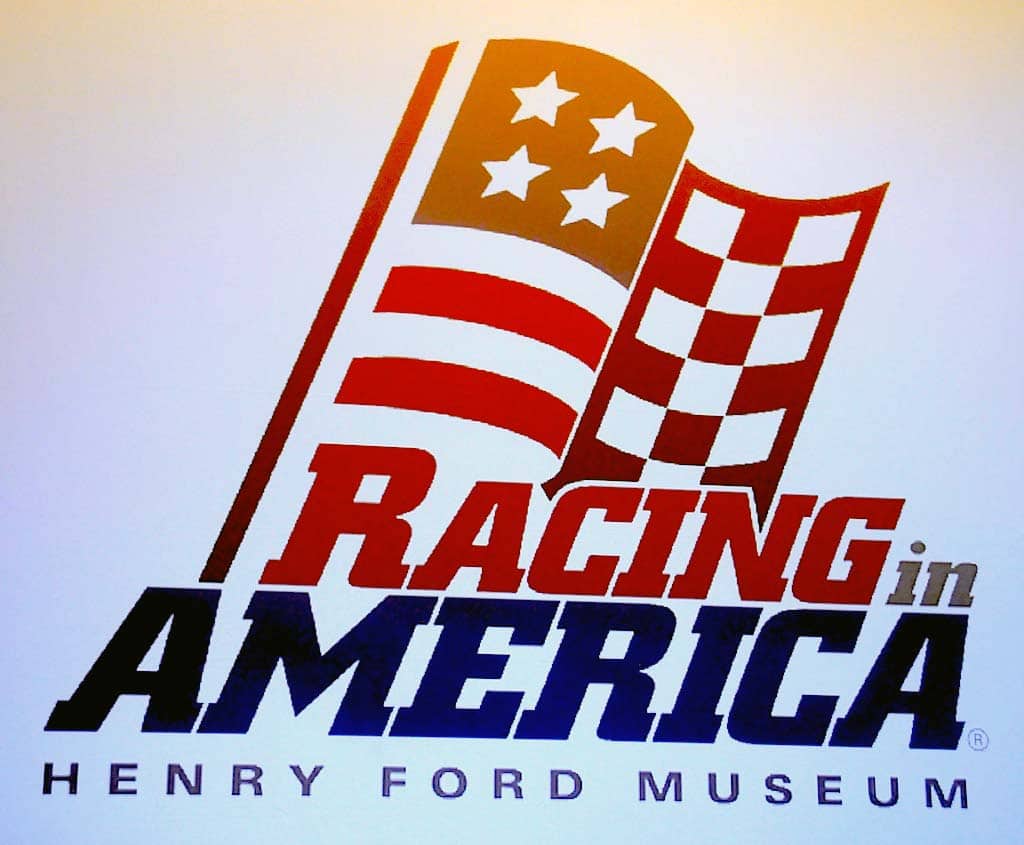
Rarity: Small Block Cobra with an Eye-talian Body....
Picture Archive W. Wyss
Picture Archive W. Wyss
Imagine taking a genuine CSX2000-series small block Cobra that's not that old and pulling off the thin alloy body made in the UK and instead putting a one-off custom car body on it.
Well, sports cars, the car exists. The Exner-designed Mercer Cobra, CSX2451, is named after an extinct pre-war American car company called Mercer (whose most famous car was the “Raceabout”) but this one was created decades after Mercer’s downfall. It should have been called the “Exner Cobra," for its designer.

The designer was none other than the man who became known in the Fifties as "the king of the tail-fin" for having started that styling gimmick while at Chrysler. Virgil Exner Sr. was particularly enamored of Italian coachbuilders and out of some 40 plus “dream cars” bodied in Italy for Chrysler,he was responsible for most of them. The only one that reached production looking almost the same as the dream car that preceded it was the Dual Ghia, actually made by a Detroit entrepreneur who bought the design of the Dodge Fire Arrow show car.
After leaving Chrysler Exner Sr., and his son Virgil Exner Jr., opened a design studio in Bloomfield Hills, Michigan right on the famed 8-lane highway known as Woodward Ave. They began designing cars for private clients. Among them was the Copper Development Association who for several years running would have a stock car modified with beautiful copper finished parts to show the beauty ofthe material. This would be shown at industry only events like the SAE convention. In 1963, Exner had made four drawings for Esquire magazine predicting what four classic names in American cars (including Mercer) would look like if they made a new car. All the cars were what you would describe today as “Full on balls-to-the-wall take-no-prisoners Retro.”

Among the cars Exner drew for the magazine was a Mercer. It turned out that George Hartley, the Copper Development Association President, liked that design and approved it as their upcoming show car once Exner submitted it.
A 1964 Cobra was bought from Shelby-American and lengthened and the conversion began.
A small Italian carrozzeria, Sabona-Basano, run by at least one ex-Ghia employee, was awarded the contract to build the car but the Exners went over to Italy to supervise the building as well. As much copper as possible was featured, even to the gauge bezels which look very much like Chrysler gauges of the last few years. The copper bezels were not functional but underneath the original Cobra gauges were kept.

A small Italian carrozzeria, Sabona-Basano, run by at least one ex-Ghia employee, was awarded the contract to build the car but the Exners went over to Italy to supervise the building as well. As much copper as possible was featured, even to the gauge bezels which look very much like Chrysler gauges of the last few years. The copper bezels were not functional but underneath the original Cobra gauges were kept.

The car was never planned on being drivable so there was a lot of leeway in making the design wild and not having to worry about hobbling the driving. The various metals were finished in the best texture, some of the metals being bronze, some brass, some copper, in order to show the versatility available in each metal. This was a homage of sorts to the art deco movement in design which in part involved highlighting the natural finish available in metal (see the elevator doors in the Chrysler building in NYC, for instance).

The car had a racing windscreen wrapping around the cockpit. There was no provision for a convertible top. The headlights popped out when needed. The car had dual sidepipes similar to those seen on one or two small block Cobras used in racing. Another feature of the car was scoop-like vents behind the rear wheels similar to those on the Pininfarina designed Ferrari Superfast. The interior is black leather set off with white piping.

In June, 1979, the car was offered for $165,000.That was before Gen.William Lyon, a California home builder, bought it and it was under his ownership that it was displayed on the “dream car lawn” at Pebble Beach.
Though it would easily be worth $300,000 to $500,000 if re-bodied as a small block Cobra, it would be far more interesting if this ever comes on the market again as the Mercer-Cobra!
Ironically, though Exner was responsible for the tail-fins at Chrysler, the Mercer Cobra does not feature them. It’s the ultimate in long hood,short rear deck styling and we hafta say that still looks modern today.
Though it would easily be worth $300,000 to $500,000 if re-bodied as a small block Cobra, it would be far more interesting if this ever comes on the market again as the Mercer-Cobra!
Ironically, though Exner was responsible for the tail-fins at Chrysler, the Mercer Cobra does not feature them. It’s the ultimate in long hood,short rear deck styling and we hafta say that still looks modern today.




